Key Facts
- Length: 9cm
- Wingspan: 14cm
- Weight: 6g
- Average Lifespan: 2 years
Goldcrests are tiny birds of conifer woodland, scrub, parks and gardens. As well as our own resident birds, large numbers arrive on the east coast during autumn migration, and are often found in bushes on sand dunes.
It is widespread in the UK, apart from in areas which are treeless such as fens and northern Scotland. In winter, it will join other tits and woodland birds in flocks. Although it is our smallest songbird, the Goldcrest can lay up to 12 eggs in a clutch, which is about one and a half times the adult female’s bodyweight.
How to Identify
A tiny little bird, the Goldcrest is olive-green above, buff-white below, with a double white wingbar. The male has a bright orange crown, edged with black; while the female has a yellow crown. The similar Firecrest is a much rarer bird, with a black eyestripe and broad white eyebrow stripe.
Where to Find
Widespread.
How People Can Help
The Wildlife Trusts manage many woodland nature reserves sympathetically for Goldcrests and other, rare bird species. You can help too: volunteer for The Wildlife Trusts and you could be involved in everything from traditional forest crafts to raising awareness about birds.
Did you know?
Weighing in at less than 6 grams, the Goldcrest is Europe’s smallest bird. Despite its size, its beautiful golden crown has earned it the title of ‘King of the Birds’ in European folklore.
Similar Species
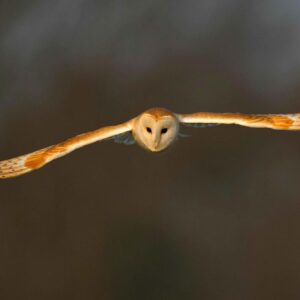
Barn Owl
- Birds
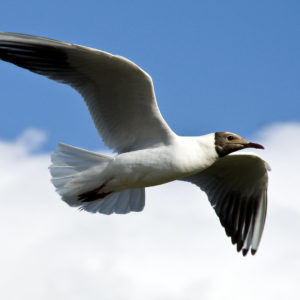
Black-Headed Gull
- Birds
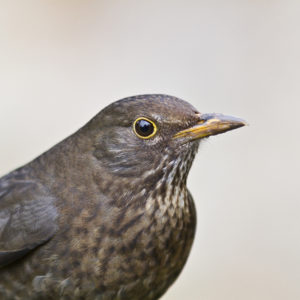
Blackbird
- Birds

Blackcap
- Birds
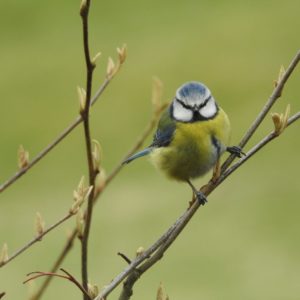
Blue Tit
- Birds
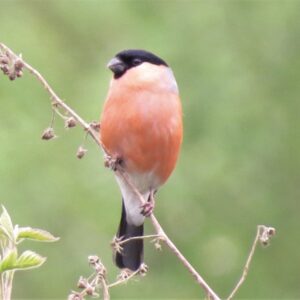
Bullfinch
- Birds
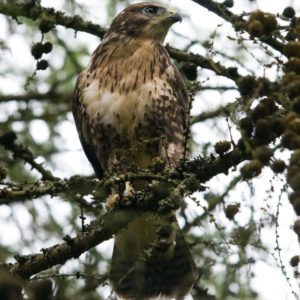
Buzzard
- Birds

Canada Goose
- Birds
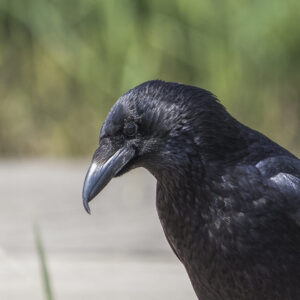
Carrion Crow
- Birds
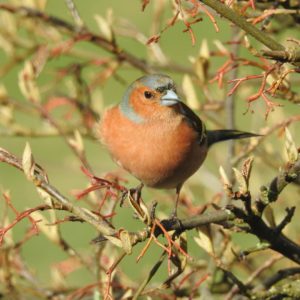
Chaffinch
- Birds
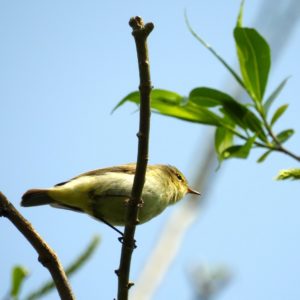
Chiffchaff
- Birds

Coal Tit
- Birds

Collared Dove
- Birds

Coot
- Birds
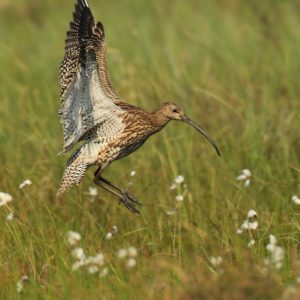
Curlew
- Birds
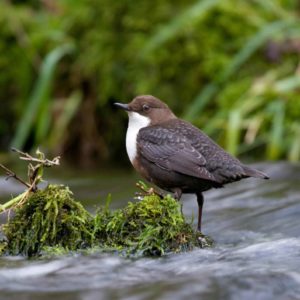
Dipper
- Birds
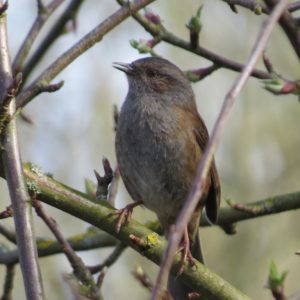
Dunnock
- Birds
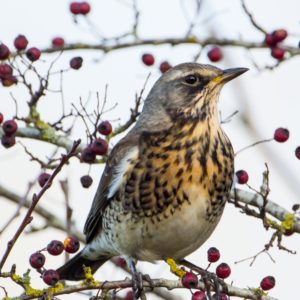
Fieldfare
- Birds

Golden Plover
- Birds
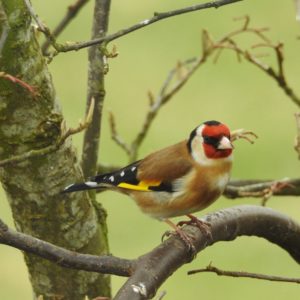
Goldfinch
- Birds

Great Tit
- Birds

Hen Harrier
- Birds
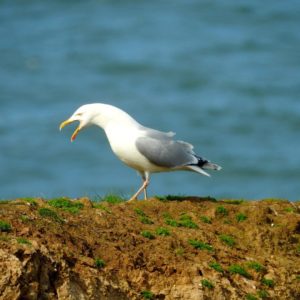
Herring Gull
- Birds
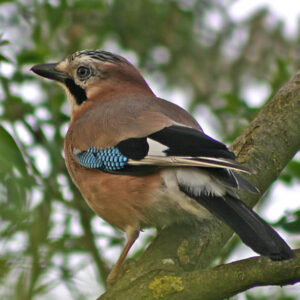
Jay
- Birds
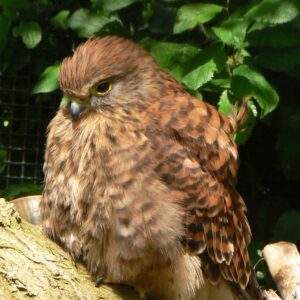
Kestrel
- Birds

Kingfisher
- Birds

Lapwing
- Birds
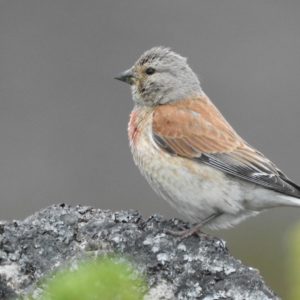
Linnet
- Birds
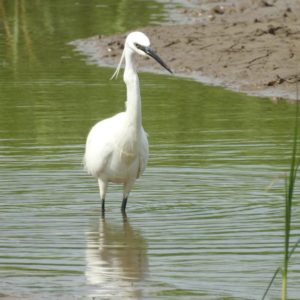
Little Egret
- Birds
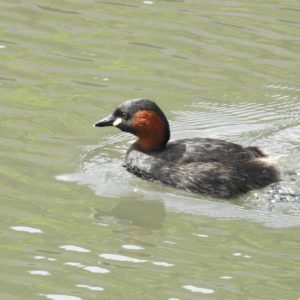
Little Grebe
- Birds

Long-Tailed Tit
- Birds
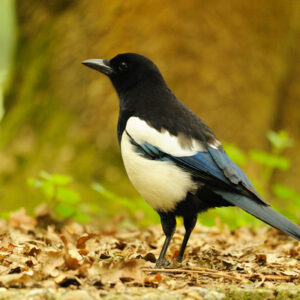
Magpie
- Birds
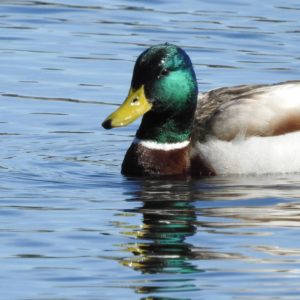
Mallard
- Birds
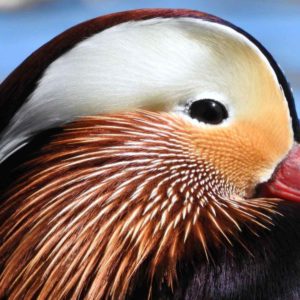
Mandarin Duck
- Birds
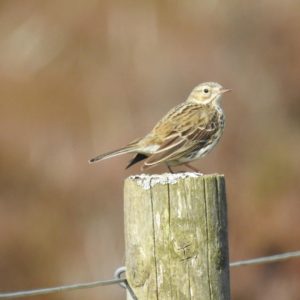
Meadow Pipit
- Birds

Moorhen
- Birds
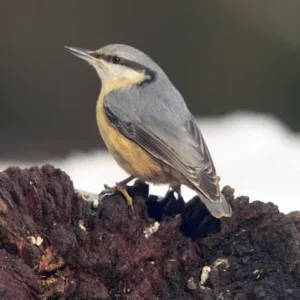
Nuthatch
- Birds

Peregrine falcon
- Birds

Robin
- Birds
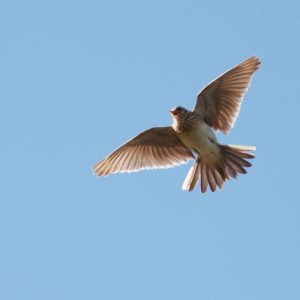
Skylark
- Birds

Snipe
- Birds

Song Thrush
- Birds

Starling
- Birds

Swift
- Birds
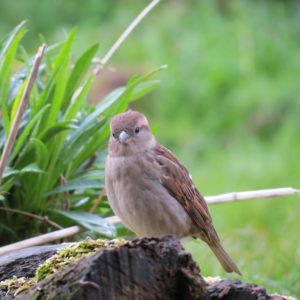
Tree Sparrow
- Birds

Treecreeper
- Birds

Waxwing
- Birds
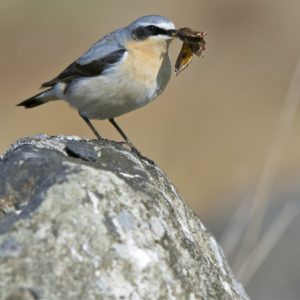
Wheatear
- Birds

Willow Warbler
- Birds
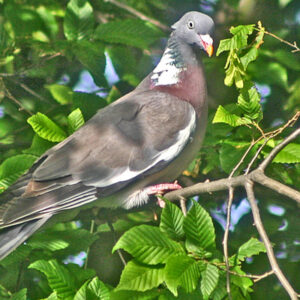
Wood Pigeon
- Birds
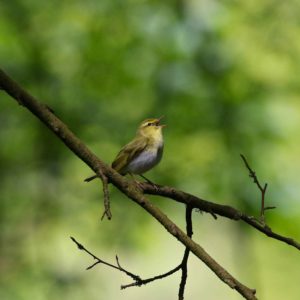
Wood Warbler
- Birds
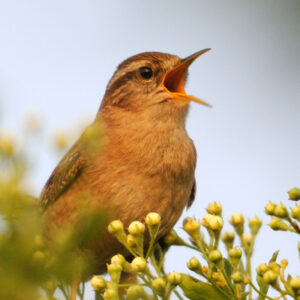
Wren
- Birds
